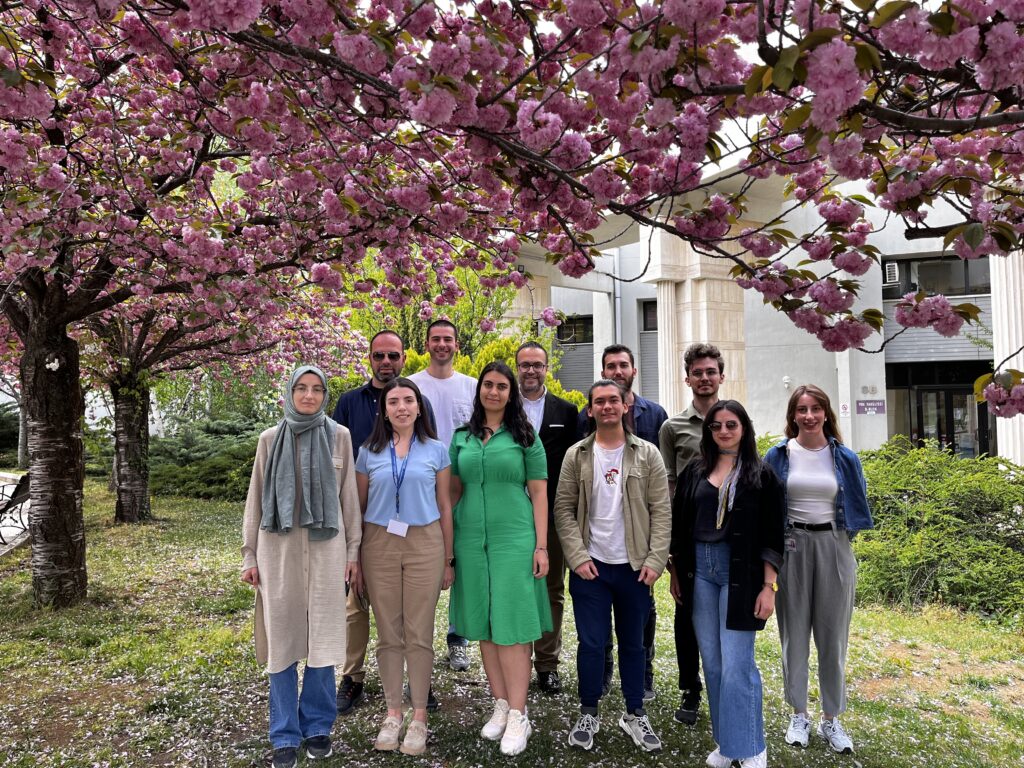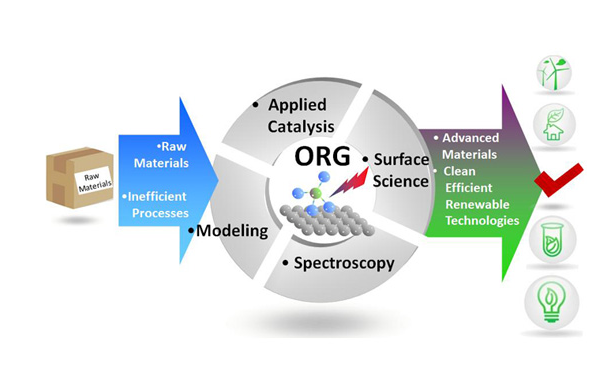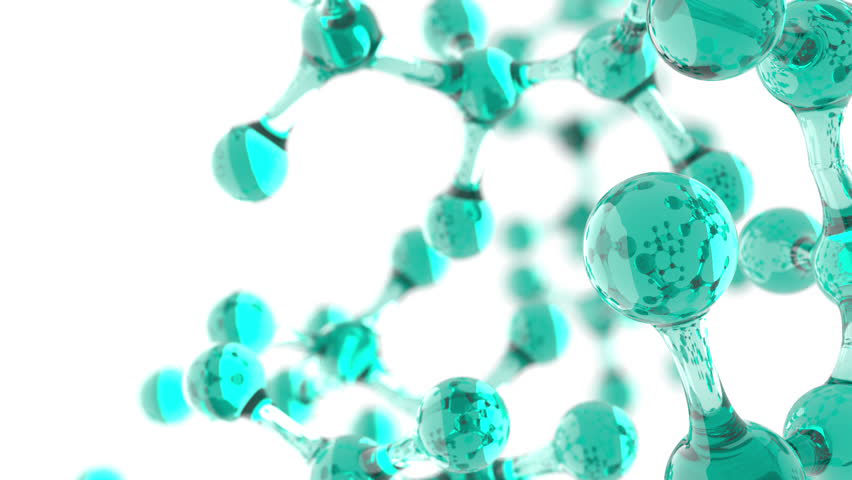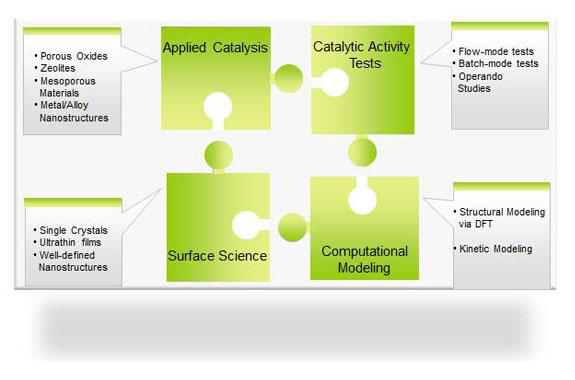Welcome to Ozensoy Lab
Türkçe Tanıtım Broşürü
Ozensoy research group focuses on the investigation of catalytic nanomaterials and processes for alternative energy production, energy conversion, sustainability, environment and aerospace.
Our infrastructure is geared towards synthesis of advanced catalytic material architectures,
design and utilization of custom made in-situ spectroscopic methods/techniques to elucidate heterogeneous catalytic reaction mechanisms, understanding of the structure of catalytic interfaces at the molecular level and unraveling new structure-functionality relationships. Our interdisciplinary research interests overlap with a wide variety of fundamental fields ranging from physical chemistry to chemical physics, chemical engineering and material science.
Join us!


Catalysis for an Efficient and a Sustainable Future
In Ozensoy lab, we work on the development of novel catalytic nanomaterials for efficient hydrogen production from biomass side-products, photocatalytic air pollution control/water disinfection via solar energy, valorization of bio-ethanol and its catalytic conversion to added-value chemicals, automotive catalytic converter technologies, harvesting of solar energy for chemical applications and utilization of ionic liquids in aerospace propulsion technologies.

Unveiling the Big Picture in Catalysis
Understanding the surface chemistry of catalytic materials is challenging.
Thus, Ozensoy lab addresses this challenge by using a variety of experimental and theoretical approaches. Complex catalytic systems comprised of monometallic/multi-metallic nanoparticles, mesoporous metal oxides, perovskites and zeolites are investigated with in-situ FTIR, ATR-IR, XRD, BET, Raman, TEM, EDX, EELS, SEM, ICP-MS and XPS (as well as other numerous bench-top characterization techniques available at the National Nanotechnology Research Center , UNAM, which is next door to the Ozensoy lab). These characterization studies are also coupled to the catalytic activity/selectivity experiments which are also performed in-house using the custom-made batch reactors and flow reactors at the Ozensoy Lab.
Furthermore, catalytic reaction mechanisms are studied at the molecular level using planar single-crystal/thin film model catalysts with the help of surface sensitive ultra-high vacuum (UHV) techniques such as IRAS, TPD, LEED and XPS. These surface science experiments are also united with theoretical modeling (DFT calculations) performed by our collaborators. In addition, advanced operando measurements on the catalytic materials are performed at various international Synchrotron facilities utilizing XANES and EXAFS.


